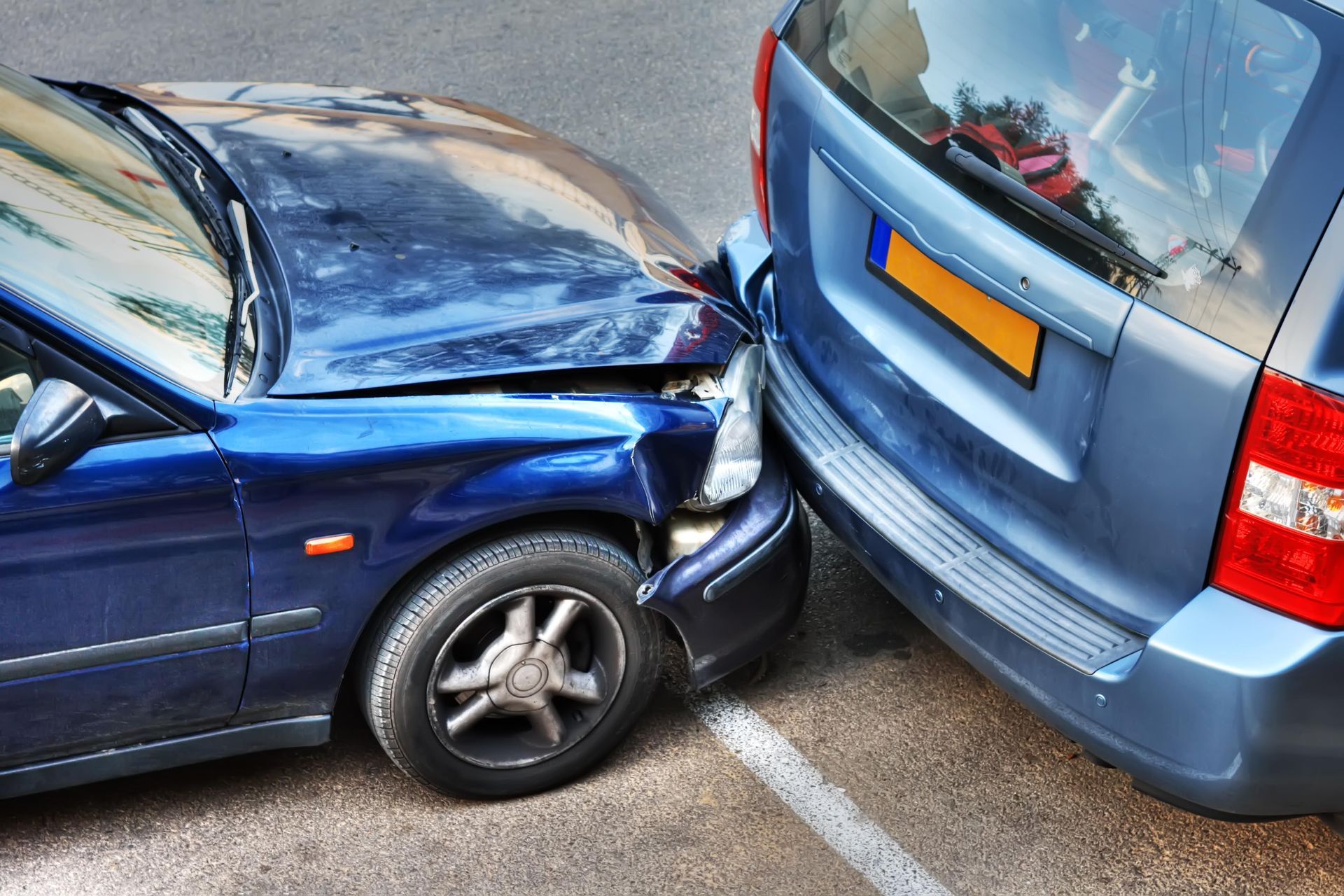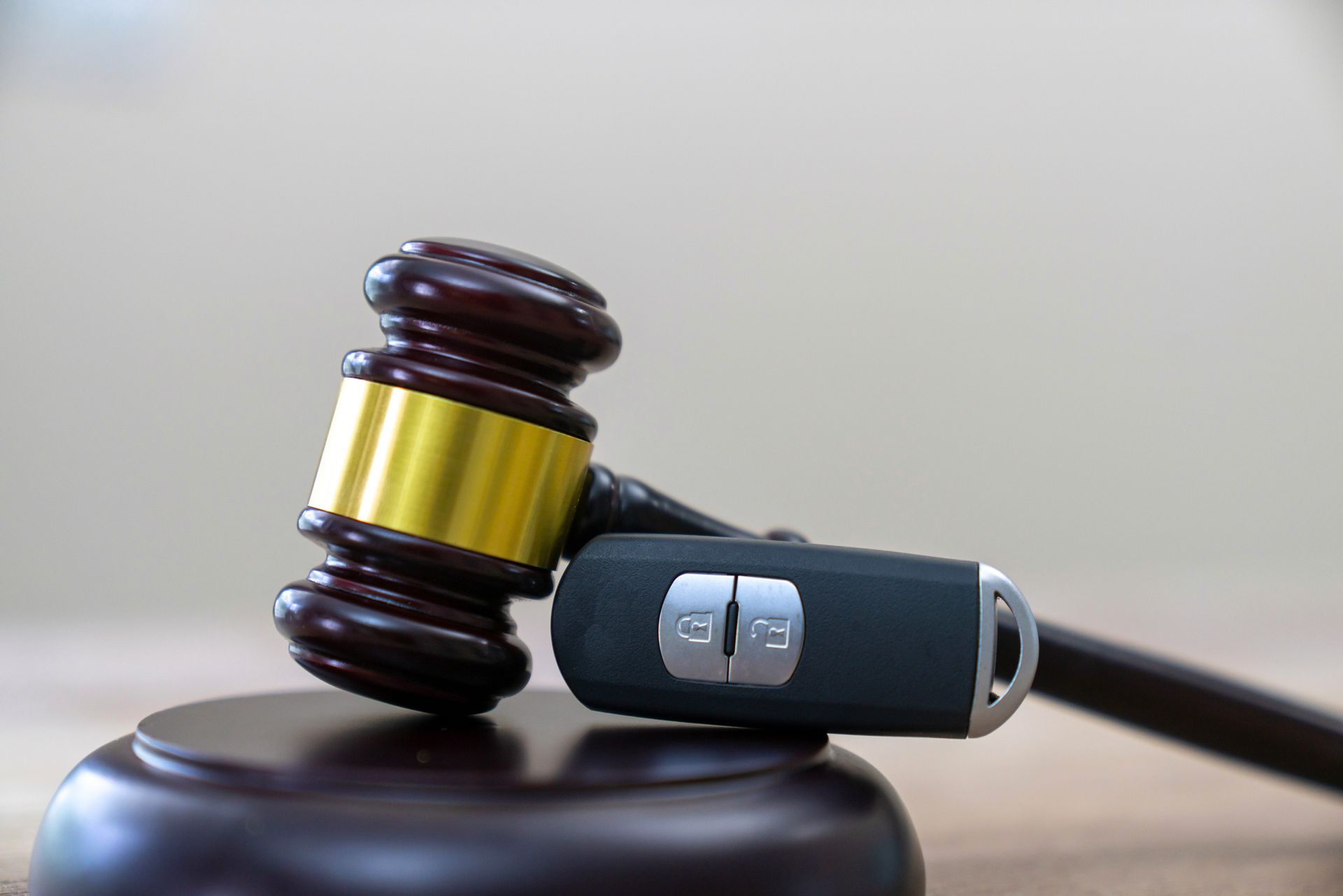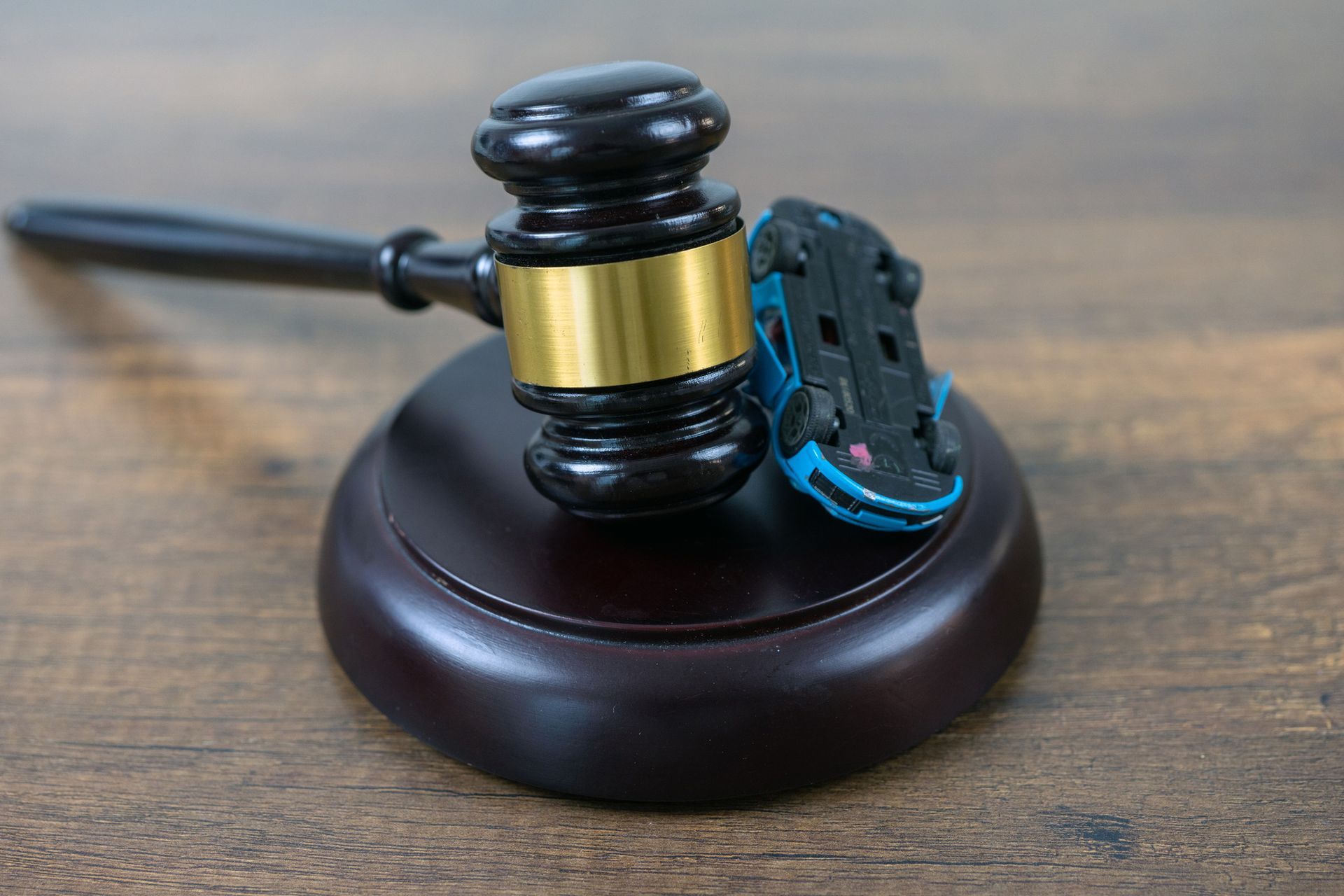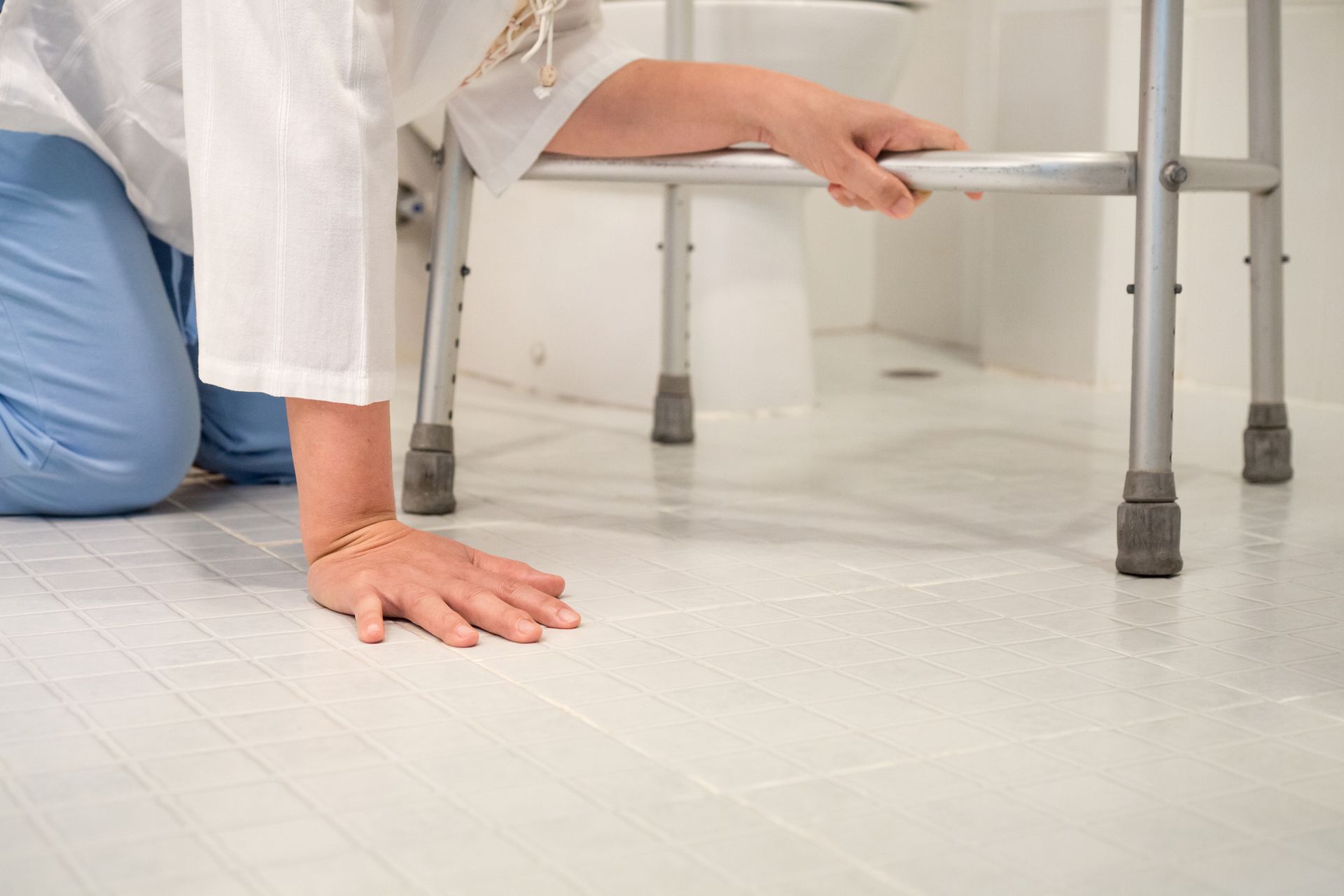No-Fault Insurance and Civil Lawsuits | David Helfand PA

When you are injured in a car accident, you need financial assistance to get medical care and restore your damaged property. In Florida, as in many other states, getting that compensation often involves two different components: insurance and lawsuits. How do these two processes work together in Florida? And how do they work independently? Read on to learn what every accident victim needs to know.
How Does Florida's No-Fault Insurance Work?
Florida's auto insurance system includes a requirement that a person's insurance pays for their own medical bills for their injuries regardless of fault. Called no-fault insurance, this is designed to ensure that injuries are treated quickly and easily without spending time determining fault. However, the minimum required coverage is low, so many victims' bills and repairs exceed their coverage fairly quickly.
No-fault, or PIP insurance, covers a percentage of what is known as economic damages. These include medical bills and lost wages. It generally does not cover non-economic damages, such as pain and suffering or loss of enjoyment in life due to your injuries.
Does No-Fault Insurance Pay Everything?
Under the no-fault insurance system, you generally begin by dealing with your own insurance. You likely have to pay a portion of your expenses out of pocket, though. To get these covered — even if your total bills haven't hit your policy maximum — you may sue the driver who was at fault.
In addition, as mentioned, your insurance policy probably does not cover non-economic damages. To get payment for these, you also need to sue the at-fault driver. This, however, is made more complex by limitations within the insurance system. In Florida, you may only sue for these if you have such problems as a significant injury, permanent loss of function, significant scarring, disfigurement, or a victim has died.
How Do You Sue the Other Driver?
Once you move beyond the no-fault insurance system, you enter the world of civil lawsuits for personal injury. The good news is that there is much more potential to get compensation for intangible difficulties and harm you have suffered — and will continue to suffer.
The bad news is that civil litigation is more difficult and time-consuming. You will start a case in court, then spend time exchanging evidence with the other side. The judge will set some rules for what can be admitted as evidence. Then, both sides appear in court.
You, the plaintiff, will present your case to the jury first. Then, the defendant presents theirs. You both then get a chance to rebut things that came up during the trial.
During the pre-trial process and throughout the trial, though, you have the chance to negotiate a settlement. Many cases are resolved through settlement. It saves both sides time, money, and the possibility of losing their case.
What If You Contributed to the Accident?
A civil lawsuit is aimed at making the at-fault party pay for the victim's losses. However, some accidents have more than one at-fault party. What if you were one of them?
Consider an accident in which you were driving over the speed limit, another driver ran a red light, and the third driver wasn't paying attention because they were texting their boss. All three parties may be construed as having some portion of responsibility for the collision. But they were also all injured. So, who pays? The answer in Florida is based on a legal doctrine known as pure comparative negligence.
There are two main approaches to lawsuits when more than one party is at fault. The first is known as contributory negligence. States which follow this doctrine bar a victim from receiving damages if they were partially at fault. In this case, none of the three drivers could sue for damages.
Florida, like most states, follows comparative negligence instead. This method assigns a percentage of fault to each party. The jury may find that you and the texting driver are each 25% at fault, with the one who ran the red light being 50% at fault. Each plaintiff would see any financial damages they win reduced by the percentage of fault the jury found that they carry.
Where Should You Start?
Does this all sound confusing? If it does, you're not alone. Florida's combined no-fault insurance and comparative negligence systems make it more challenging to get what you need. Get professional legal assistance by meeting with David Helfand PA. We'll guide you through all the steps needed to recover from your accident, no matter what the circumstances were. Call today to make an appointment.










